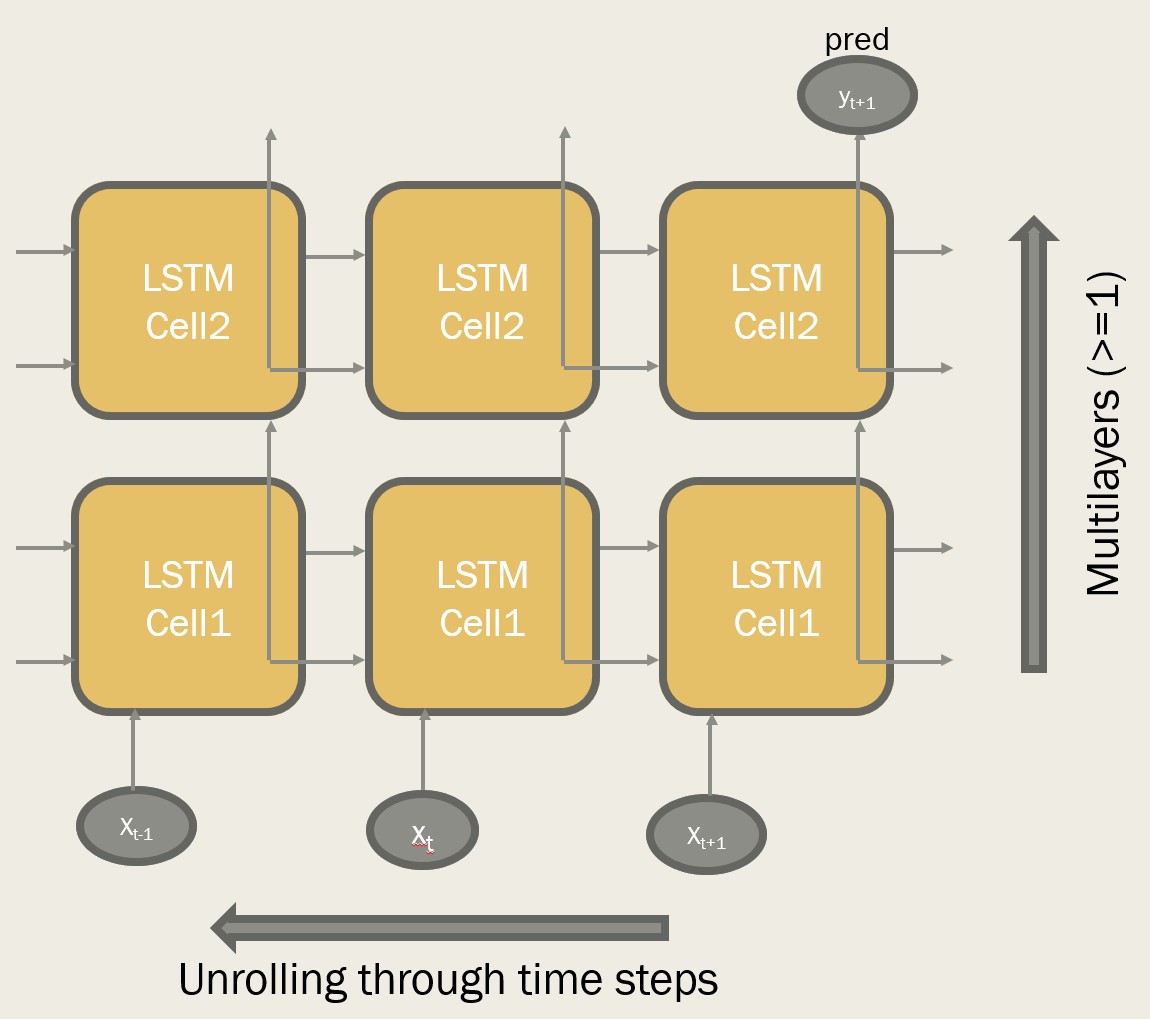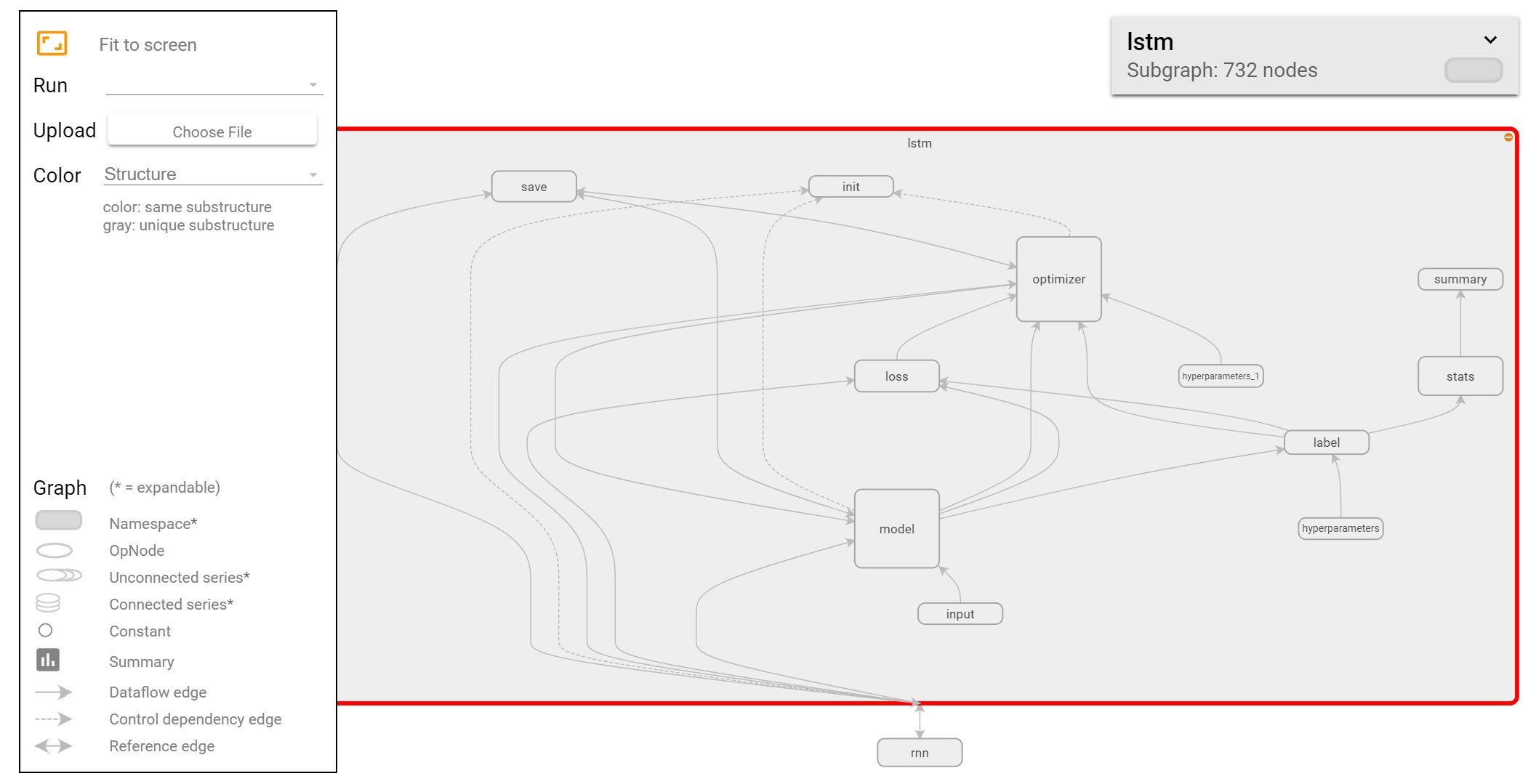Tony Tong ([email protected], [email protected])
A high-level multi-layer LSTM recurrent neural network interface tailored for financial time-series prediction built on top of TensorFlow backend. It has multi-GPU support that you can create separate compute instances in different GPUs and run them concurrently. We look forward to further expand the scaling features in the future (within-instance multi-GPU support, and GPU cluster support).
The class container also provides a convenient wrapper for GRU or basic RNN network as well.
# Build LSTM network
g = LSTM(n_input_features=10, batch_size=None, n_states=50, n_layers=2, n_time_steps=100,
l1_reg=0.05, l2_reg=0.01, start_learning_rate=0.001, decay_steps=1, decay_rate=0.3,
inner_iteration=10, forward_step=1, device='gpu', device_num=0)
# Using a generator data feeder and train 10 epochs
results = g.train(data_feeder=training_data_feeder, epoch_end=10,
display_step=1, return_weights=True)
# Continue from previous trained state and train another 10 epochs
results = g.train(data_feeder=training_data_feeder, epoch_end=20,
display_step=1, return_weights=True)
# Continue training from a previously saved model from epoch 11 to 20
results = g.train(data_feeder=training_data_feeder, pre_trained_model='prev_model.ckpt',
epoch_prev=10, epoch_end=20, display_step=1, return_weights=True)
# Reset previous state and train from scratch for 20 epochs
results = g.train(data_feeder=training_data_feeder, restore_model=False,
epoch_end=20, display_step=1, return_weights=True)
# Use trained model to predict
predicted = g.predict(data_feeder=prediction_data_feeder)
# Alternatively, we can use batch data
results = g.train(batch_X=batch_X, batch_y=batch_y, in_sample_size=1600, epoch_end=50,
display_step=1, return_weights=True)
predicted = g.predict(batch_X=batch_X)g = GRU(n_input_features=10, batch_size=None, n_states=50, n_layers=2, n_time_steps=100,
l1_reg=0.05, l2_reg=0.01, start_learning_rate=0.001, decay_steps=1, decay_rate=0.3,
inner_iteration=10, forward_step=1, device='gpu', device_num=1)g = RNN(n_input_features=10, batch_size=None, n_states=50, n_layers=2, n_time_steps=100,
l1_reg=0.05, l2_reg=0.01, start_learning_rate=0.001, decay_steps=1, decay_rate=0.3,
inner_iteration=10, forward_step=1, device='gpu', device_num=0)Show instance status:
g.show_status()Show tensorflow graph:
g.show_graph()
